Sightseeing Spots
Search Results56
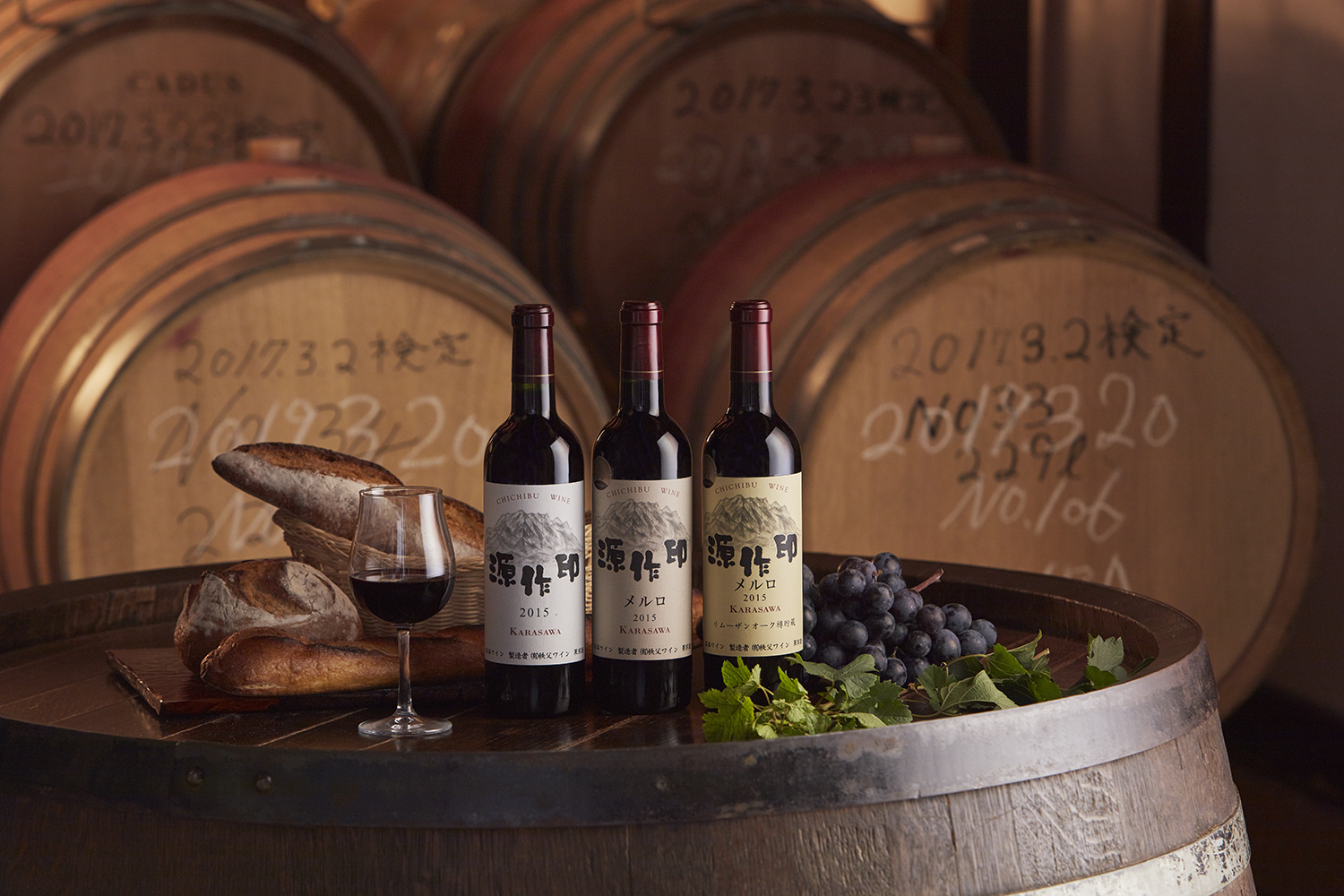
Founded in 1940 by Gensaku Asami, Chichibu Wine is the oldest winery in Saitama. Known for its award-winning wines and deep local roots, it gained early recognition when a French priest compared its wine to Bordeaux. Visitors can enjoy tastings and learn about the winemaking process on-site.
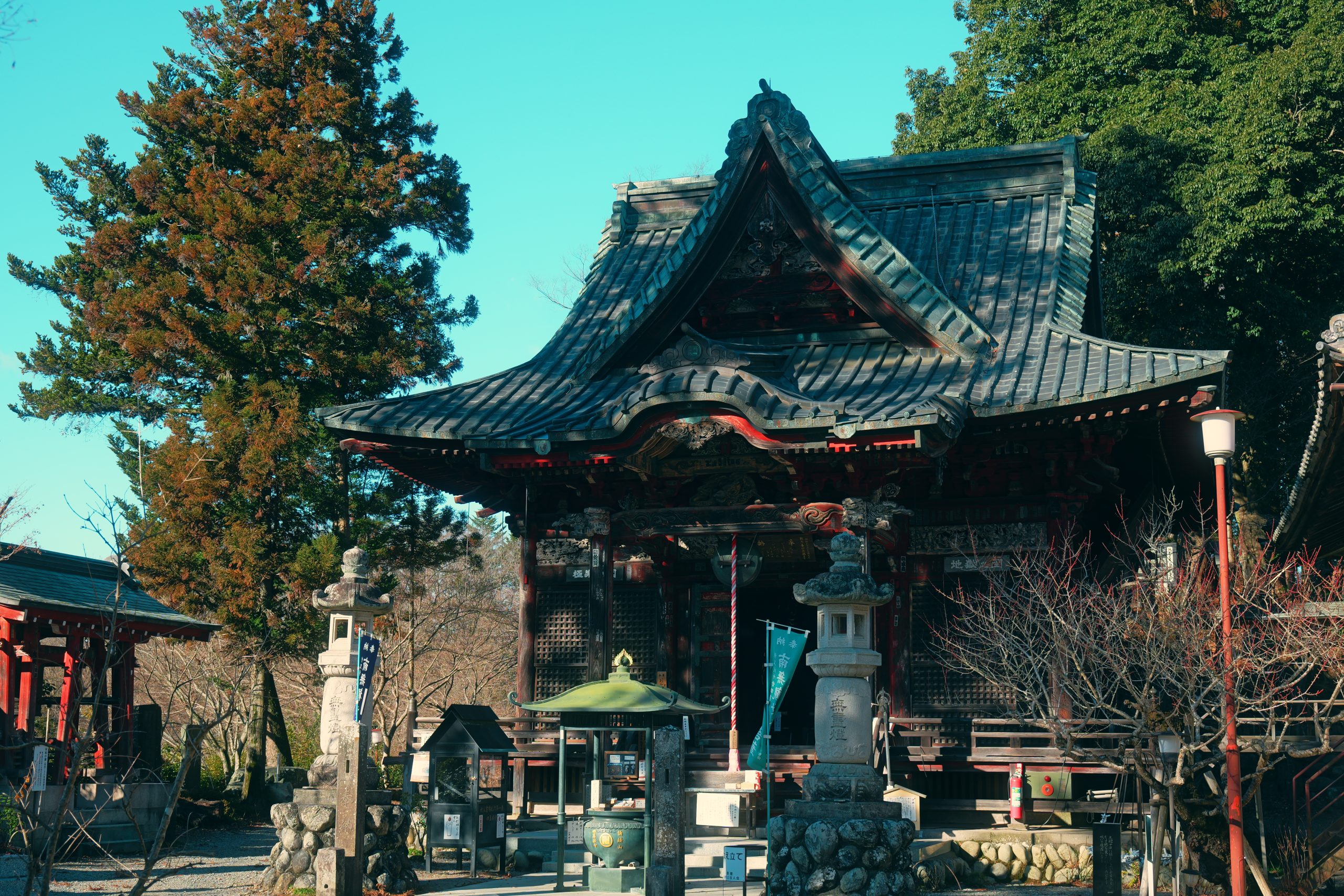
Shimabu-ji Temple is the No.1 temple of Chichibu Fudasho (34 sacred places of the Kannon) . The main hall (Kannon-do), built in 1697, has been designated as a tangible cultural property of Saitama Prefecture. The carvings on the front balustrade, 'Jigoku no zu' and 'Gokuraku no zu', are magnificent. The main hall enshrines the deity Otasuke Kannon, who is said to help people out of their troubles and suffering. The Great Ceremony held every year on 24 August in the Shishoku Shokudo to the right of the main hall is also famous. It is a very lively gathering of monks from Chichibu, regardless of denomination. This event is famous as one of the three major offerings in the Kanto region, along with the Gyokusoin no Daisegaki in Saitama City and the Dojo Shigaki in Eifukuji in Sugito-cho, Kitakatsushika-gun.
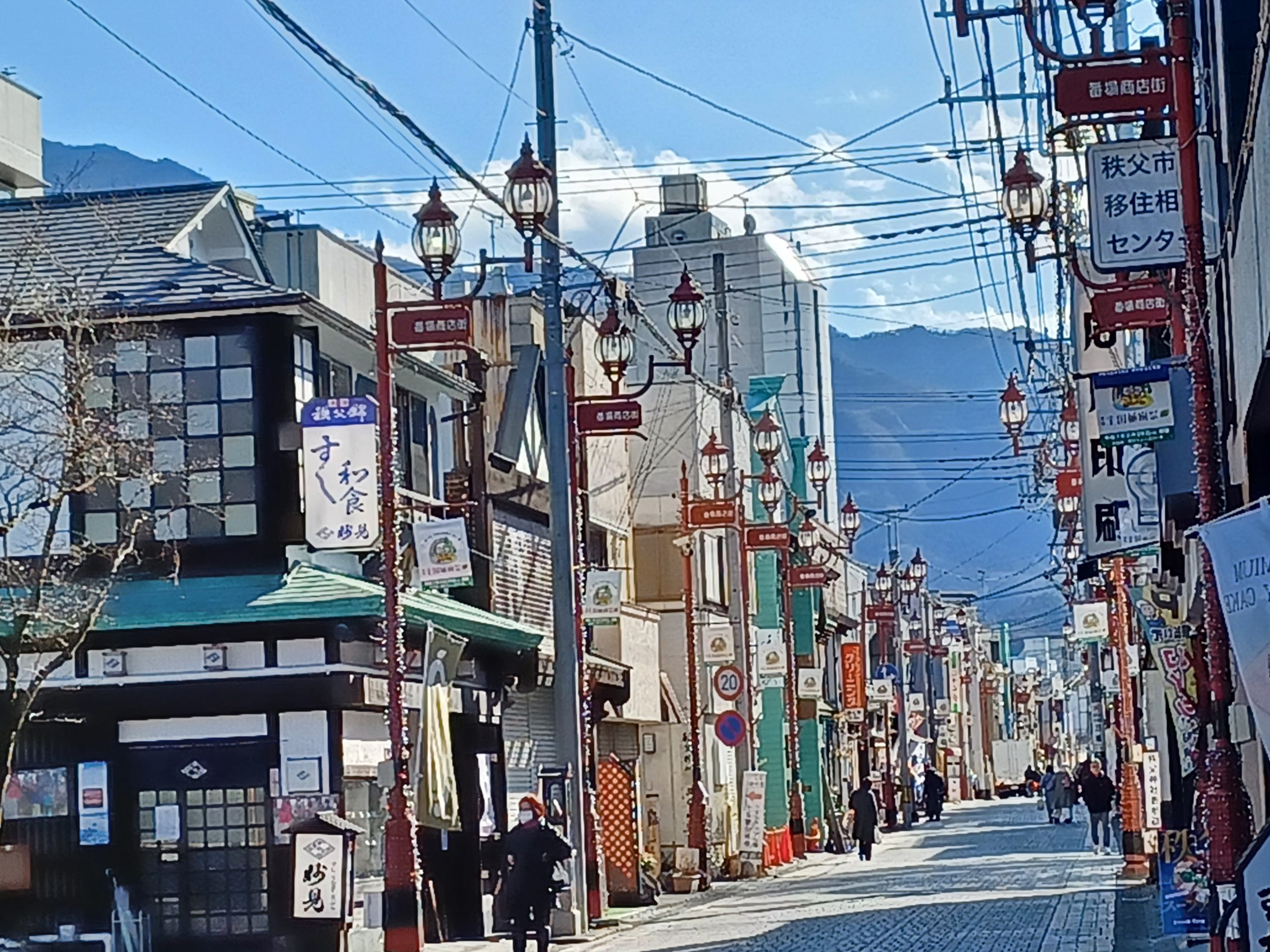
Chichibu Shrine has long been an important presence in the town and remains a popular spot for Chichibu residents. Many structures dating from the early 1900s line Banba Street, the cobblestone road that leads to the shrine, providing a nostalgic atmosphere that recalls times gone by. Many shops still operate in buildings designated Registered Tangible Cultural Properties by the national government, allowing visitors to travel back in time to an earlier Japan.
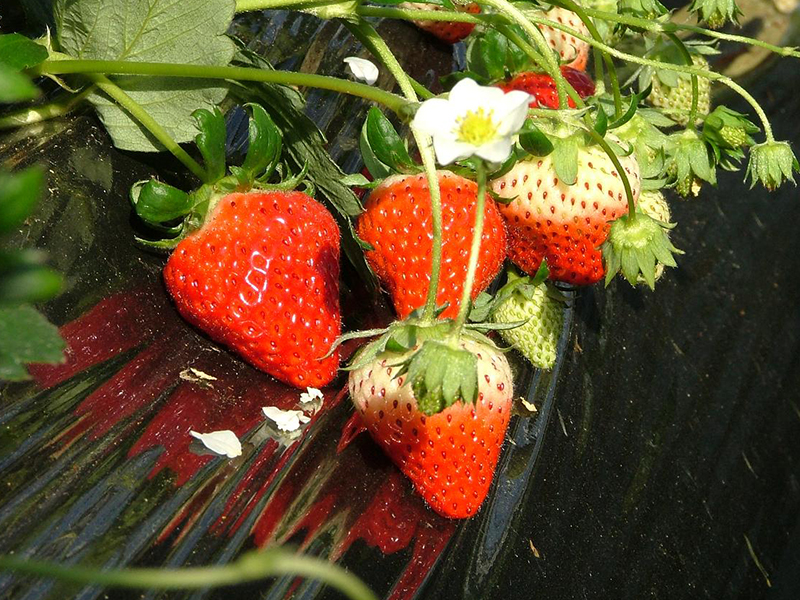
Strawberry picking is available from January to May, grape picking from August to October, and sweet potato digging from September to October. You can also enjoy a barbeque along with seasonal fruit picking with a reservation. For larger groups, please contact us at least seven days in advance for reservations. When making a reservation, please note that harvest conditions may vary depending on weather and other factors. Please contact us in advance to inquire about harvest conditions.
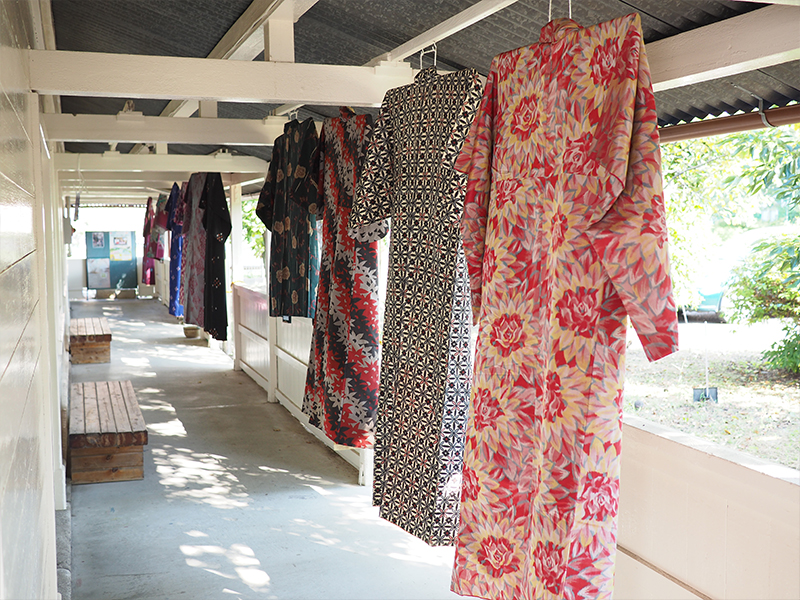
The building was built in 1930 and was registered as a Tangible Cultural Property in 2001. At the Chichibu-Meisen museum, you can learn about the history of Chichibu-Meisen, view the exhibits, and try your hand at stencil dyeing and weaving. All the equipment displayed in the museum is still in use, and if you are lucky, you can even see it in action.
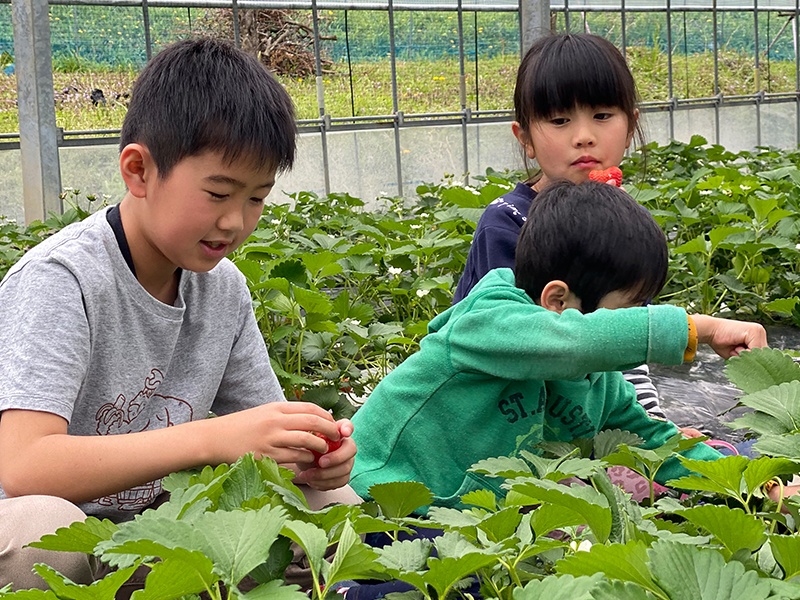
This strawberry farm is located in the peaceful landscape of Ashigakubo in Chichibu. Located on a hill, the view is fantastic! Please enjoy the sweet and juicy strawberries grown in our carefully maintained soil☆
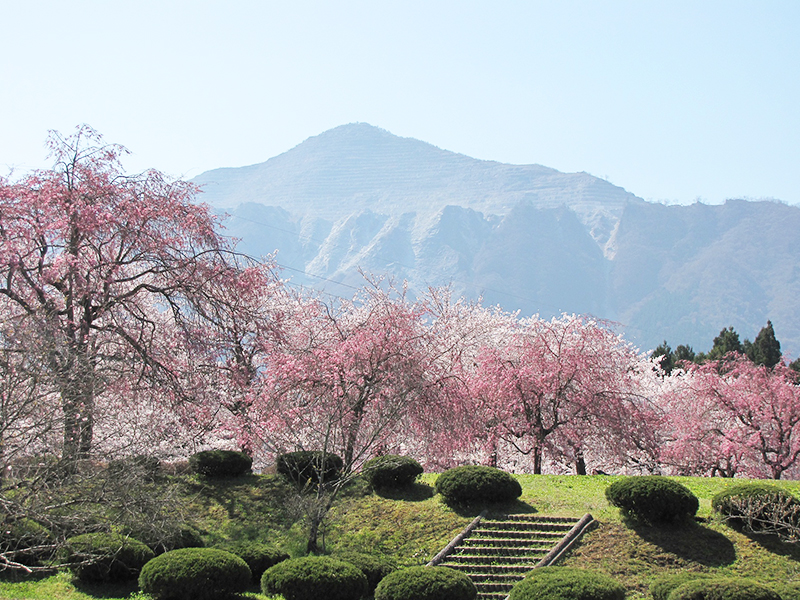
Surrounded by lush greenery and famous for its shibazakura (lawn cherry) and cherry blossoms, this park is located on a hill overlooking the city center and has been long-cherished as a place to relax by the local citizens. There is a hill overlooking the city and surrounding mountains, "Miharashi no Oka," an athletic park "Wanpaku Hiroba" for children to play at, and exhibition halls such as the Mt. Bukou Museum and Yamato Art Museum.
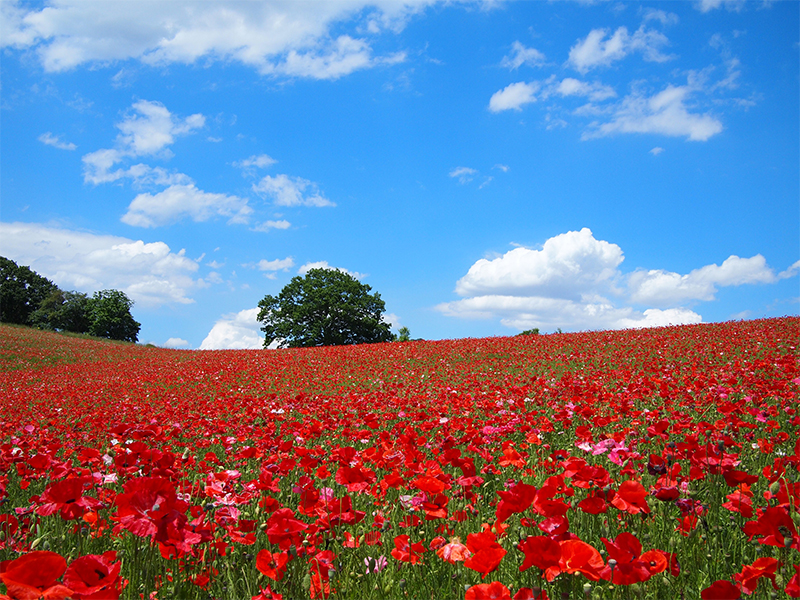
About 12 million poppies bloom in full on this vast slope 500 meters above sea level. The contrast between the red poppies and clear blue sky is a sight to behold. Coinciding with the peak bloom season, the "Poppies in the Sky" (Tenku no Poppy) event is held here, and local gourmet food and specialty products are available for sale. A temporary parking lot is also made available. We hope to see you there!
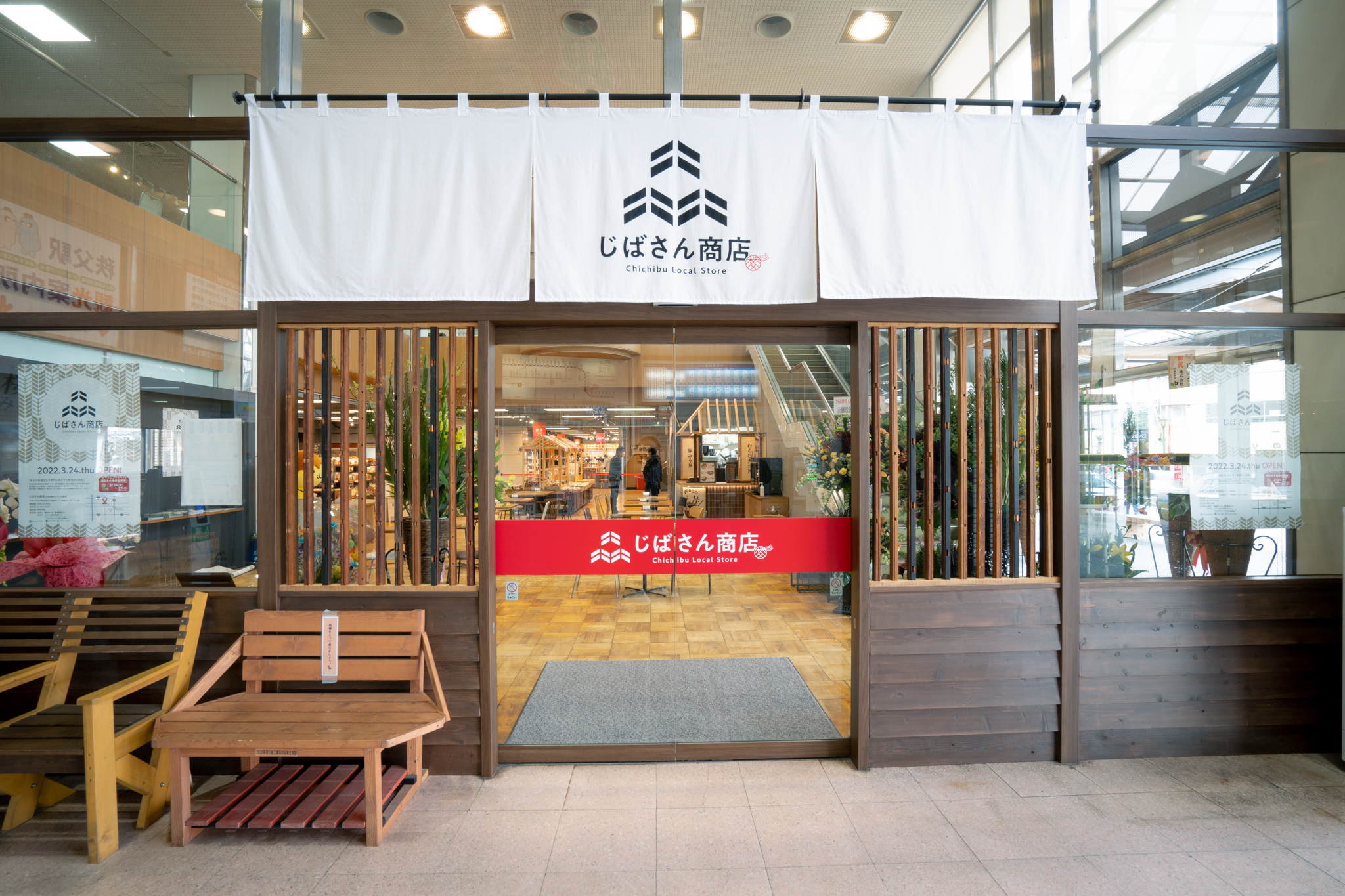
If you're on the search for Chichibu souvenirs, look no further! At Jibasan Shoten they have a wide range of popular souvenirs from the Chichibu area, including vegetables from local farmers, unique area gems, and many goods including the local mascot character, Potekuma-kun. You can also find products to get a taste of daily life in Chichibu, or even find the perfect gift for your loved ones. We look forward to your patronage!
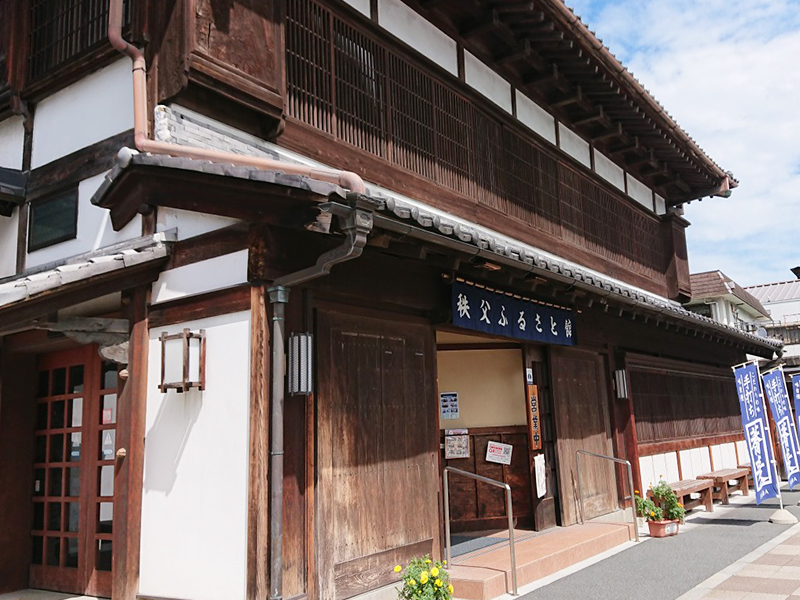
This store was originally the main building of a meisen silk wholesaler that prospered in the Taisho era. It has now been restored as a tourist center that also displays and sells local products. You can also try out the local cuisine at the soba noodle shop!
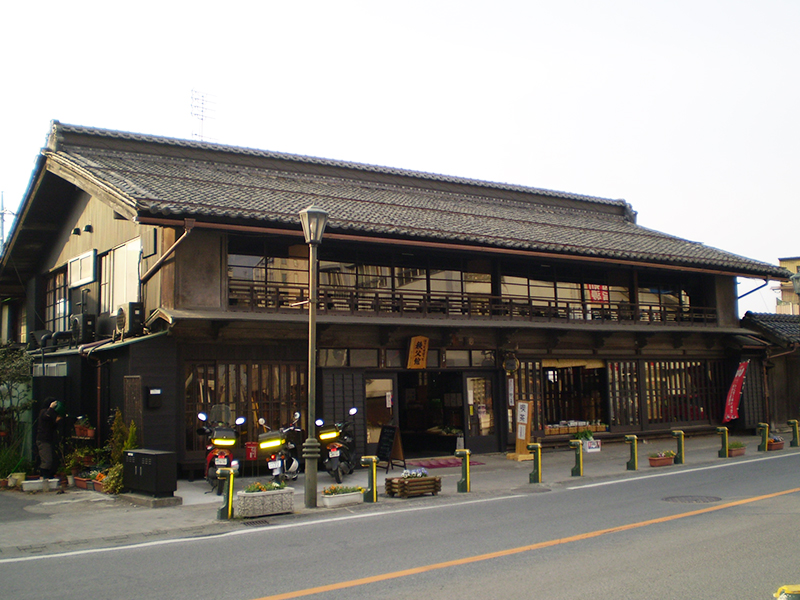
This facility is a center for socializing and tourism established in the early Meiji period merchant's inn, "Chichibu-Kan," which was renovated in a way to preserve its original appearance. The first floor is a free rest space with a large irori (sunken hearth) surrounded by rental boxes where citizens can display and sell their handicrafts and ceramics. Whether you're searching for tourist information or would like mingle with the locals, we hope you will visit Hot Spot Chichibu-Kan!
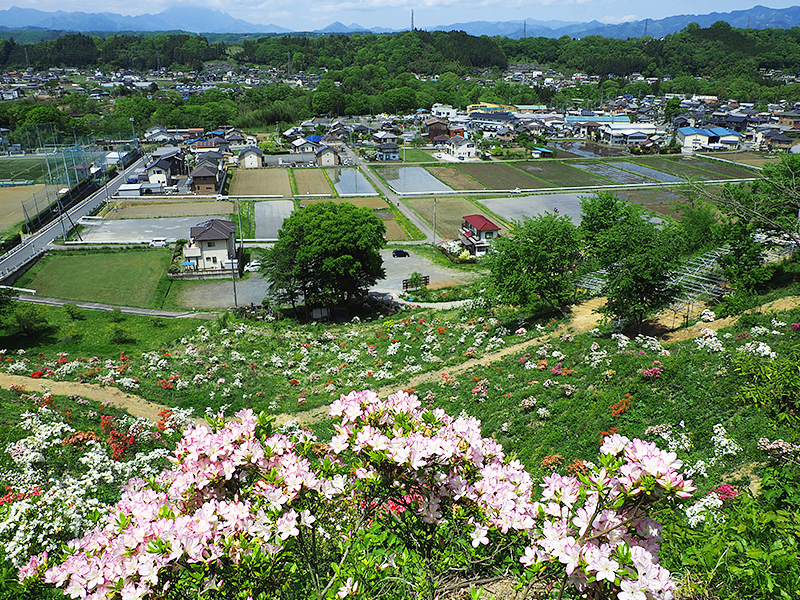
This small, charming hill of approximately 4 hectares has been maintained by local residents and volunteers as a gathering place to watch flowers bloom. Visitors can enjoy a carpet of greenery and mainly white flowers like out of a fairytale; over 6,000 flowers and trees that change from season to season. The town also collaborated with Musashino Art University for a joint project between government and academia to create three integrated artworks, adding even more charm to the park.
This site uses cookies to improve the user experience. If you continue to browse, you consent to the use of cookies on this site. Accept
CONTACT
